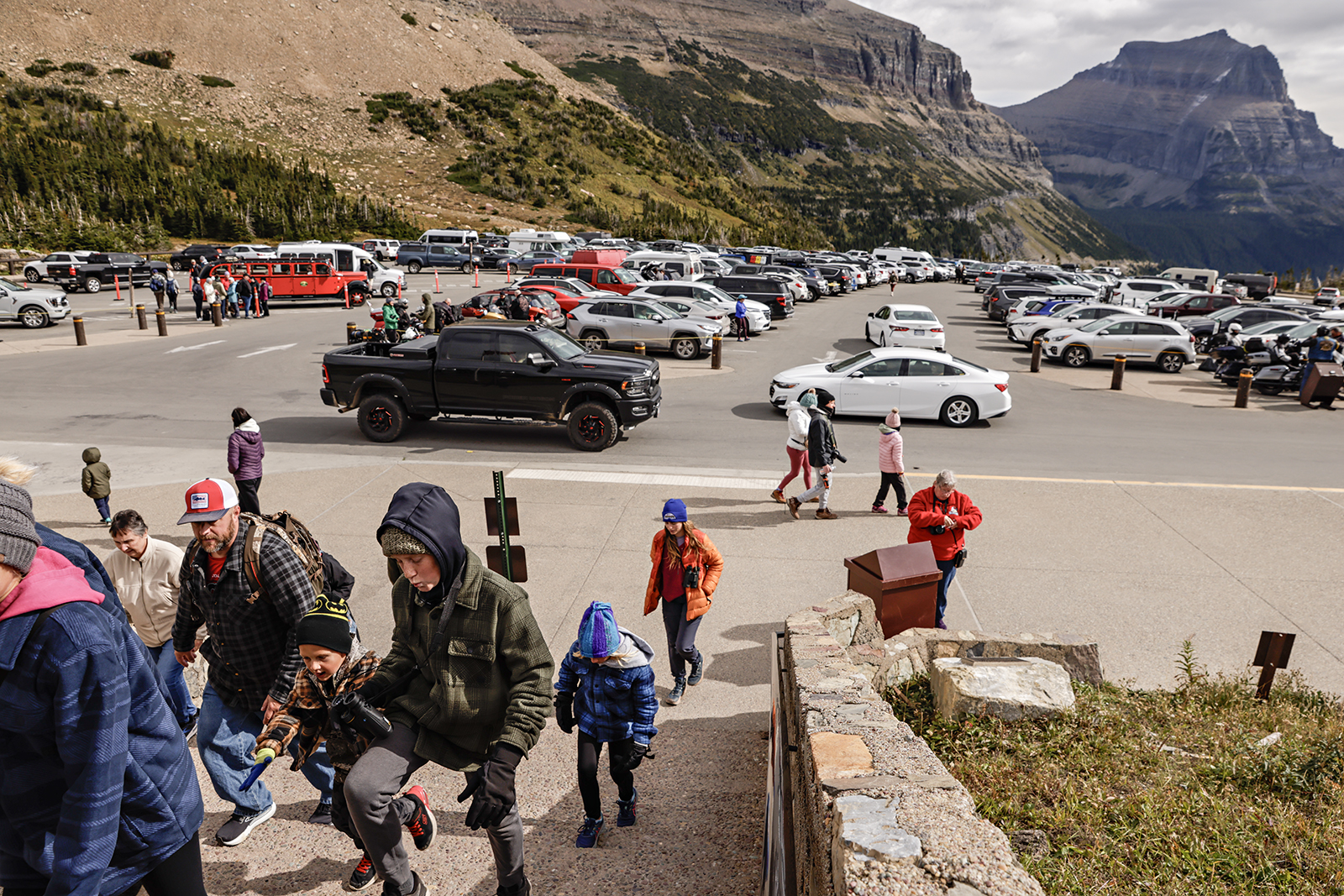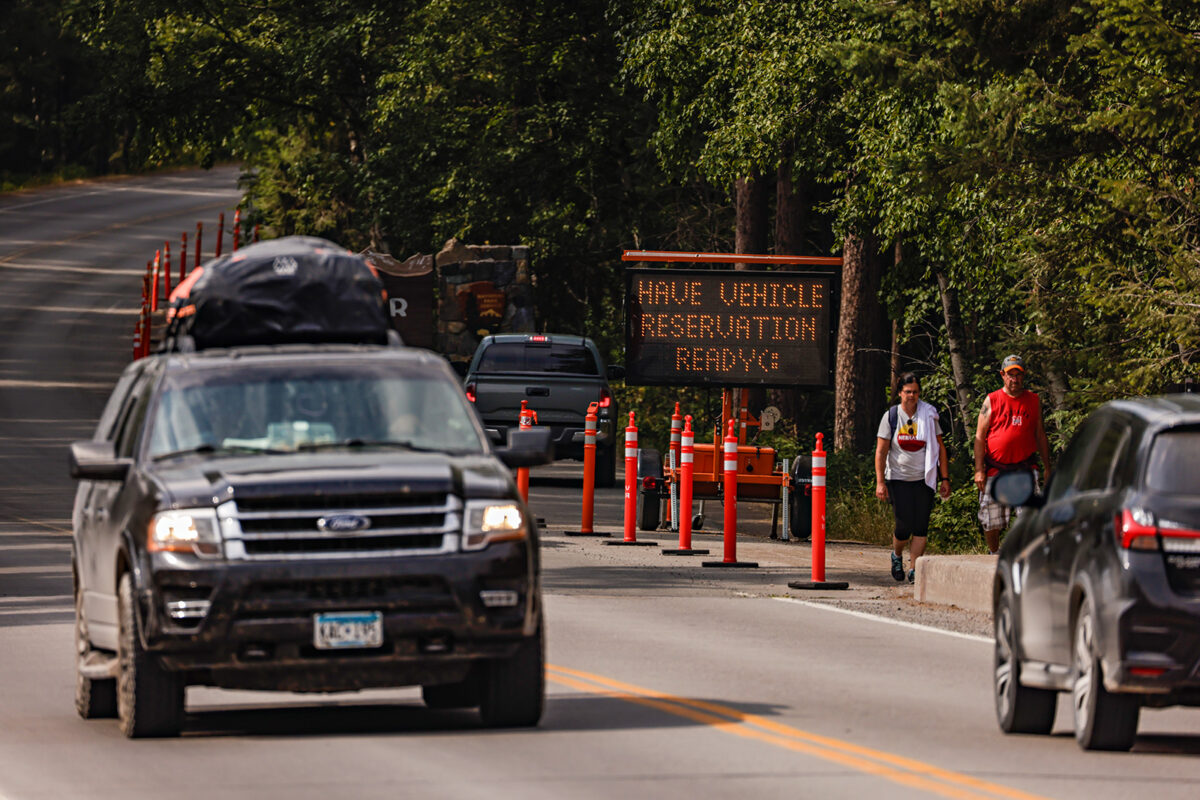Visitation to Glacier Park in October Surpassed Last Year’s High Bar by 18%
After breaking back-to-back visitation records in September and October, park officials estimate 3.17 million people came to Glacier in the first 10 months of 2024
By Tristan Scott
After shattering its monthly visitation record for September, Glacier National Park went on to record its busiest October in history, surpassing the previous high bar for the same month set last year by nearly 19%, or 26,080 people.
More than 165,000 people visited Glacier National Park in October, according to the most current estimates available. That brings the tally of visitors who passed through Glacier’s gates in the first 10 months of 2024 to 3,169,672, amounting to the most people recorded in that time frame since 2017, when the park set its overall visitation record (3,321,319 people) and registered 3,292,389 million people through October.
The data revealed a 9.5% increase in overall visitors, or 275,868 people, compared to last year’s figures, which wasn’t surprising to park administrators charged with accommodating the surging crowds and managing the attendant congestion.
This year’s period of late-season record-setting visitation occurred during a window of unseasonably clement weather, and after park officials lifted the vehicle-reservation requirements for the year.
Recognizing that the shoulder season is edging deeper into the fall, Glacier Park Superintendent Dave Roemer said the vehicle reservation season for 2025 will move back several weeks, extending from June 13 to Sept. 28. This year, the reservation period ran from May 24 to Sept. 8.
“Our dates are sliding back in the calendar to capture that peak use and spread it out across the day,” Roemer told an audience on Nov. 21 during a public engagement session to gather feedback on the park’s long-term visitor-use management strategy. “Think about it as a sliding back to alleviate the congestion in Septemer rather than a full extension and just adding on weeks.”

Another significant change park visitors will encounter next year is the debut of a timed-entry component to the reservation pilot. Like this year, visitors will be required to make reservations to access the park at the West Entrance and the North Fork between 7 a.m. and 3 p.m.; however, visitors will also choose a time block in which they can enter the park.
Approaching the fifth consecutive season of a pilot program to ease congestion launched in 2021 — a period during which park administrators have applied a range of visitor-use management strategies, including restricting access through an adaptive reservation system — Roemer said public engagement remains critical as the planning team proofs the final product to determine its long-term feasibility.
As with 2024, next year’s reservation requirements will apply to the North Fork and the West Entrance of Going-to-the-Sun Road. Also similar to this year, vehicle reservations will not be required to enter Two Medicine Valley or the St. Mary entrance to Going-to-the-Sun Road in 2025. However, in what could compound congestion in the park next year, the Swiftcurrent area of Many Glacier Valley will be closed to public access due to ongoing construction, which will greatly reduce parking in the area.
The planning team will host another virtual presentation of the plan with a moderated question and answer time on Dec. 16 from 1 p.m. to 3 p.m. Join by following the link at: https://parkplanning.nps.gov/MeetingNotices.cfm?projectID=118357.
Combined with robust early-season visitation numbers for Glacier, including a record number of visitors in May, the park’s annual visitation in 2024 will surpass 3 million people for just the fourth time in the park’s 108-year history.
